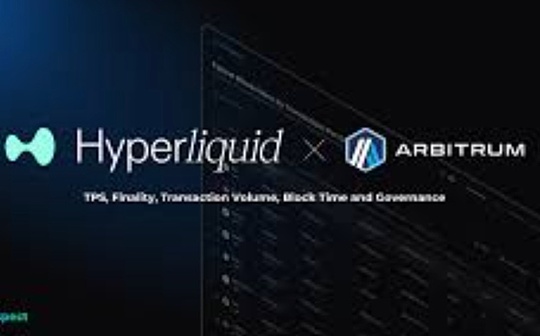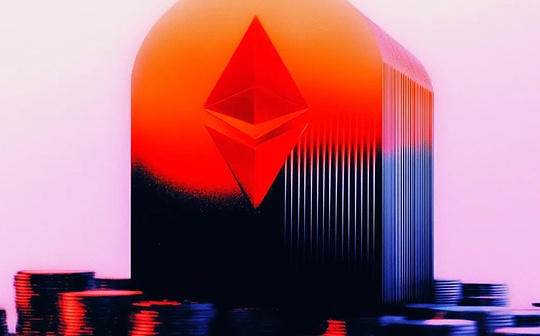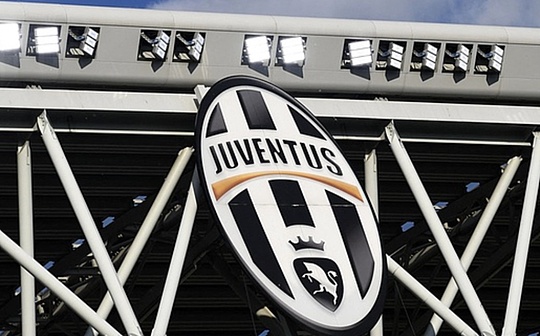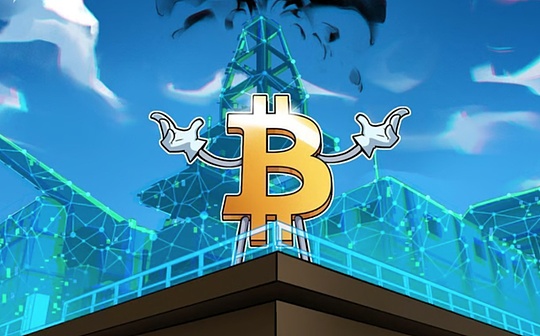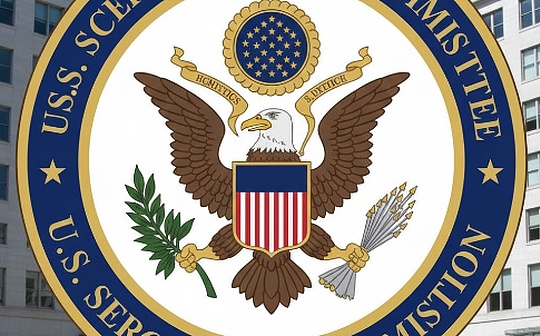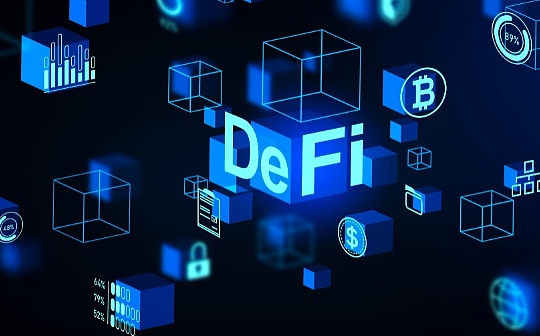
Author: Santisa; Compilation: Block unicorn
Decentralized Finance (DeFi) was born to create an open, license-free and trustless financial system.Early projects such as MakerDAO, Uniswap and Compound fully embraced this philosophy with community governance, transparency and self-hosting.However, as DeFi grows to its current scale, I have to ask: Is it still decentralized?More importantly, is this really important?And what can you do to solve this problem?
On Crypto Twitter (CT), many people have not experienced the birth of DeFi in 2017/2018, and even missed the DeFi boom in 2020.At that time, decentralization was the core of everything.We care about technology, checking for scams or custody risks in smart contracts and cheering for security experts who find vulnerabilities.
Those who trust centralized institutions like BlockFi, Celsius, Nexo and Genesis?They are also ordinary people and cannot control the wave of DeFi.And when these centralized entities crash, their users have to clean up the mess and enter years of costly bankruptcy.This will only further deepen our resentment to centralization.
And now?Most participants did not experience the trauma caused by a collapse in centralized systems.Therefore, it is not surprising that most new DeFi projects have abandoned decentralization.Decentralization is a trade-off, and you sacrifice efficiency in exchange for security.If people don’t value security, why should projects make such sacrifices?
Decentralization is a scope
We do not have a unique definition of what a “decentralized” system is.So I’ll try to make one myself.What constitutes a “decentralized” system?
-
Keep your assets directly:The custody rights of the assets directly held by an individual.If system rules allow (e.g., the capital market has sufficient liquidity, the cooling period has ended, etc.), you should be able to withdraw your own funds without external authorization.
-
Personal funds cannot be frozen:The system operator cannot freeze or confiscate your funds.You always maintain full control of your assets.
-
The system cannot be upgraded, or at least has a long lock-up period:Immutability ensures that rules remain unchanged when you enter the system.
-
Decentralization of governance:Is the system you are using decentralized enough?Have blockchain participants colluded to freeze or block someone’s funds?Are there multiple nodes?Are the rights and interests diversified?Does the validator actually execute the verification, or does it simply blindly sign the Foundation’s instructions?Do they control the entire system (e.g., L2 in phase 0)?
-
External factors:Does the system rely on the intervention of centralized third parties to operate normally?If your funding market relies on oracles set up by a centralized risk curator, your funding depends on the integrity of that curator.
Next, let’s see how some protocols perform in this test.
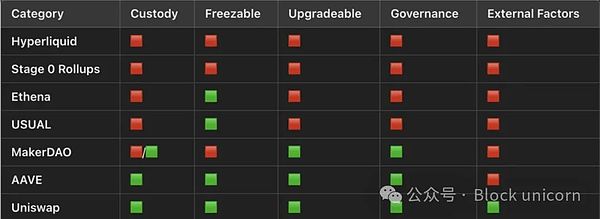
As shown, earlier projects scored higher in decentralization, while newer projects performed poorly.This clearly reflects the market’s preferences.
In 2024, centralized on-chain investment funds absorbed a total of US$8 billion in deposits, with the growth rate of DAI/USD reaching 2.3%, while decentralized stablecoins such as LUSD fell by 65%.

I grew up in an environment with decentralization as my philosophy, so it is not easy to adapt to this new trend.I haven’t completely given up on decentralization, but I’m learning to adapt.Below, I will give some examples and share some suggestions for surviving in this environment without being eliminated.
Centralized examples in “Decentralized Finance” (DeFi)
-
Hyperliquid:A centralized exchange on-chain without KYC.You send the funds to an address on Arbitrum and then get USDC on its platform.They control funds and platforms.The only advantage is that their deposit address is public and can be verified in real time.
-
Ethena:An investment fund that mainly conducts basic transactions.Whitelisted users send them funds, and these users can sell their LP shares on the secondary market.Ethena controls all operations of funds, payments and redemptions.USDe funds cannot be frozen.
-
Usual:Similar to Ethena, Usual operates a fund holding government bonds.They set rules for redemption and asset pricing.Usual shows us centralized risks by unilaterally deciding the redemption price of locked-in bonds, while Gauntlet and MEV Capital hardcode their oracles to $1 through polls.
-
MakerDAO:Maker is now an investment fund operated by DAO.The community votes on fund allocations, including investments in centralized custodians and projects such as Blocktower Andromeda and Ethena (via hard-coded Morpho pools).
-
Uniswap:Uniswap is considered fully decentralized on the Ethereum mainnet.You maintain full control over funds, do not rely on external data, and your smart contracts are not alterable.Here we pay tribute to Uniswap!
These settings bring huge trust assumptions and many binary risks.You’re either “harvested” or you won’t.We haven’t seen any major crash yet, but once these centralized projects fall, the consequences will be devastating: freeze redemptions, legal proceedings, and sky-high fees (such as FTX assets).
How to minimize risk
-
Loans with risk collateral:Do not directly hold high-risk centralized assets.Instead, they are used as collateral for loans.If the price of a high-risk asset falls, you will not bear any losses and will also gain similar benefits.DeFi is always a place of leverage, so there will be no shortage of places to borrow from these high-risk collateral.
-
Divest investment during market turmoil:When market turmoil occurs, withdraw investment as soon as possible.You might pay some Gas fees and lose a few basis points (for example, a 100% annualized rate of return may only be equivalent to 18 basis points in 24 hours), but that is better than losing all your money.
-
Set minimum risk premium:Decide in advance which risks are worth taking.It might be worth it if a high-risk investment can provide a benchmark return of 2-3 times.But if this gap narrows to 30%, don’t be greedy.
-
Monitor on-chain activities:Pay close attention to large amounts of transfers or internal transactions.For example, if you tracked a runaway event for USD0++, you can exit for $0.99 instead of $0.9251.
-
Understand the risks:Be clear about the risks you take.You should know that in addition to risk, you also need to actively monitor your position.During the market downturn, the Gas fee may soar (300-400 gwei), so adjust the position reasonably.If position is a problem, you can choose Layer 2.
in conclusion
Decentralization was once the core attraction of DeFi.But now, many projects have abandoned decentralization for efficiency and mainstream adoption.This undoubtedly weakens the original vision, but it is also the reality of the market.
I do believe that things tend to centralize over time.We see the initial state of centralization, then the “Cambrian explosion” of user initiative, and finally we will see large centralized institutions dominate our every move.We are slowly transitioning to a centralized world on-chain.Centralized stablecoins are a hottest market, and decentralized projects will eventually be centralized over time to maintain relevance.Decentralized money markets include custodial collateral to boost profits, decentralized stablecoin projects peg their tokens to legally support tokens to maintain stability, while decentralized exchanges have completely eliminated decentralization toImprove efficiency.The bankruptcy wave in 2022/2023 is an obstacle on our path to centralization.At least in the short term, the only way to prevent this from happening is to let the current centralized group hit a wall and eventually “harvest” everyone.
In ancient Rome, Octavian (Augustus) ruled as a dictator for 41 years after killing the Republic.So long, the rules and incentives were ingrained that when Octavian died, the Roman Senate and people did not restore freedom.They just ask “Who should we trust next?” I hope DeFi is far away to get to this point and we can get rid of the tyrant for the time being.
So, is DeFi decentralized?Actually not.Is this important?It depends on the situation.If you move quickly before these emerging centralized institutions collapse, you can make a lot of money.If you are engaged in fund management business, leave your ideals outside the door.
Either way, staying informed and ready is the best way to survive in this game.


